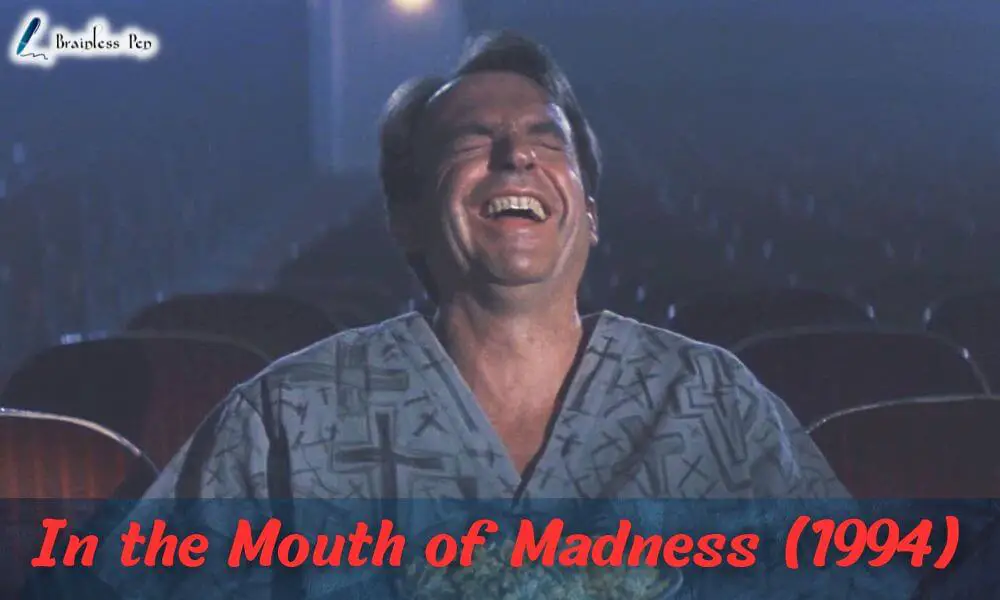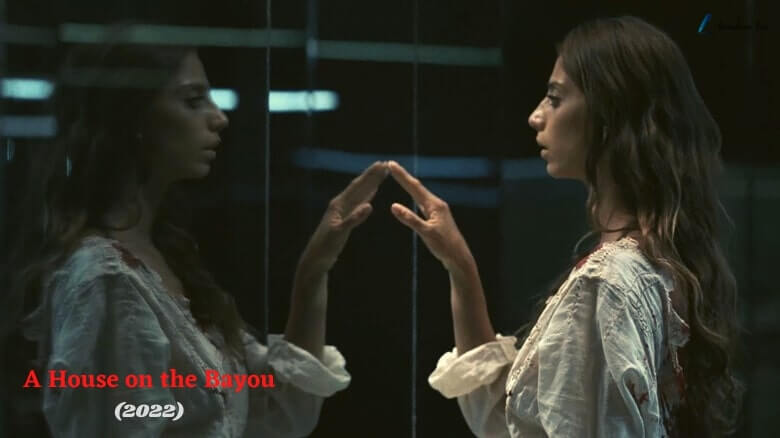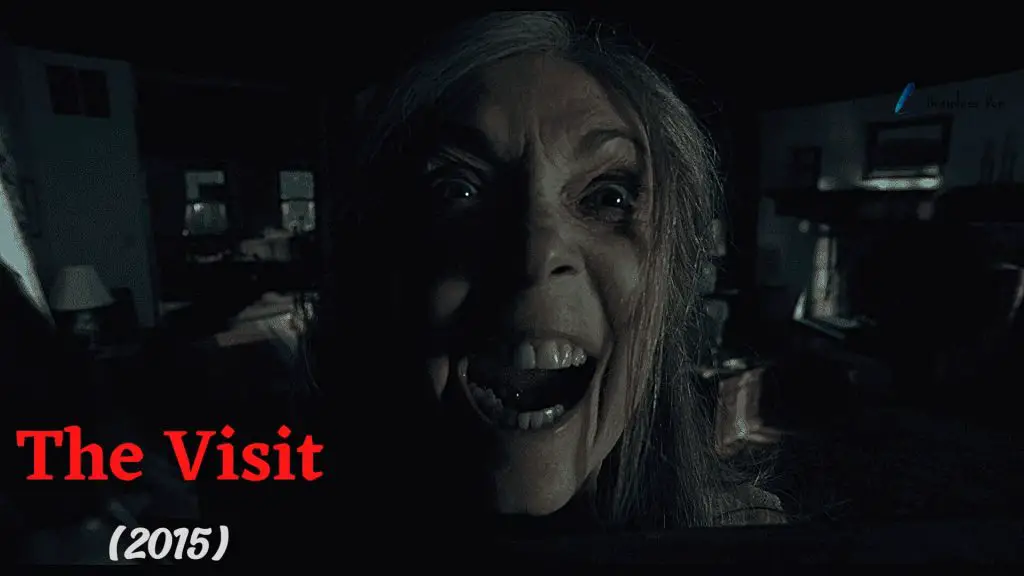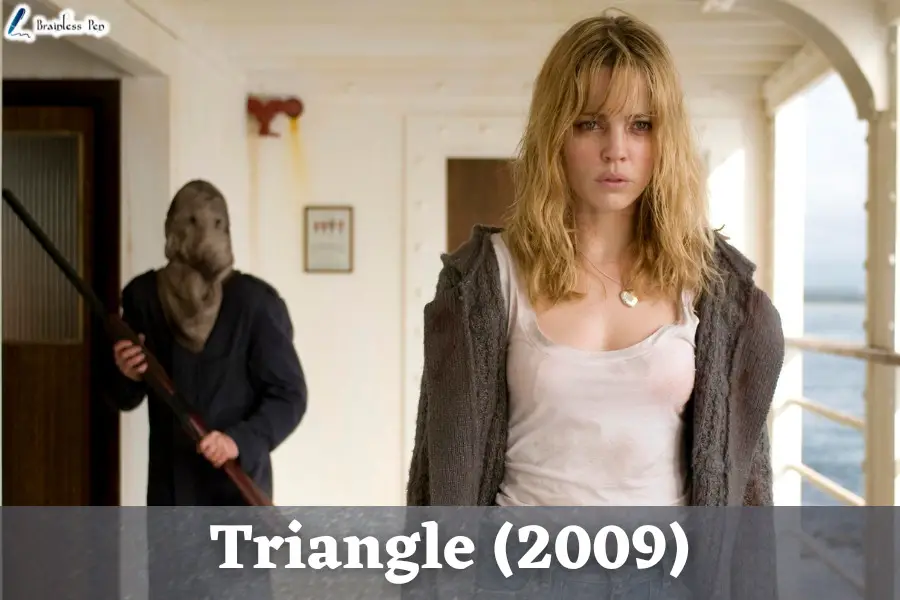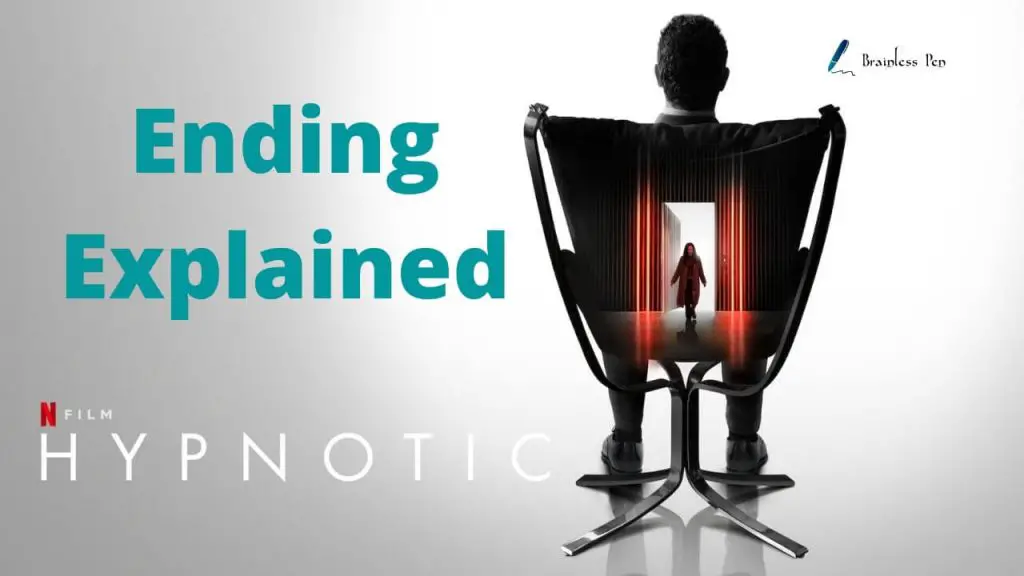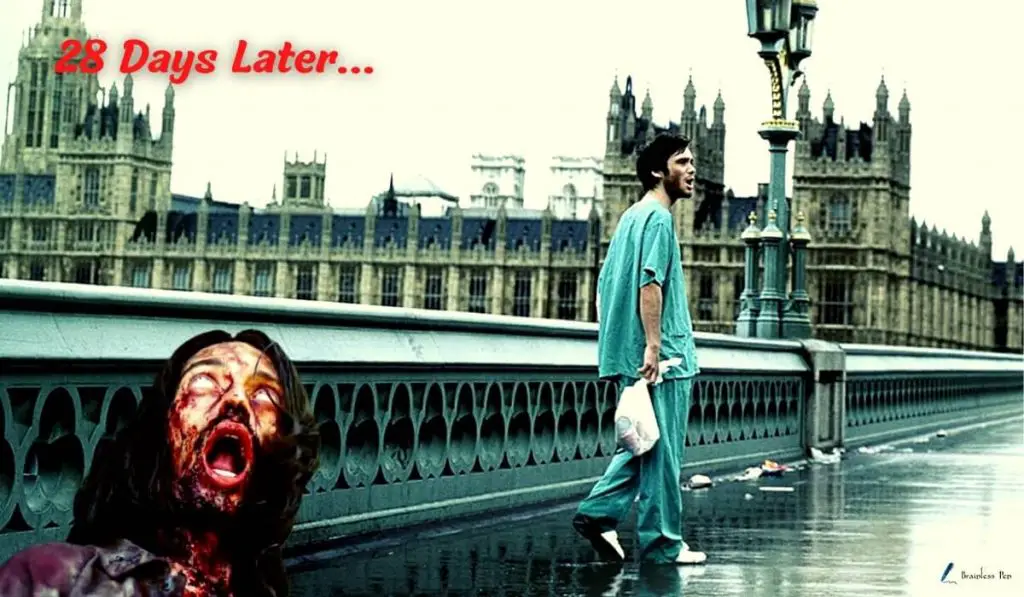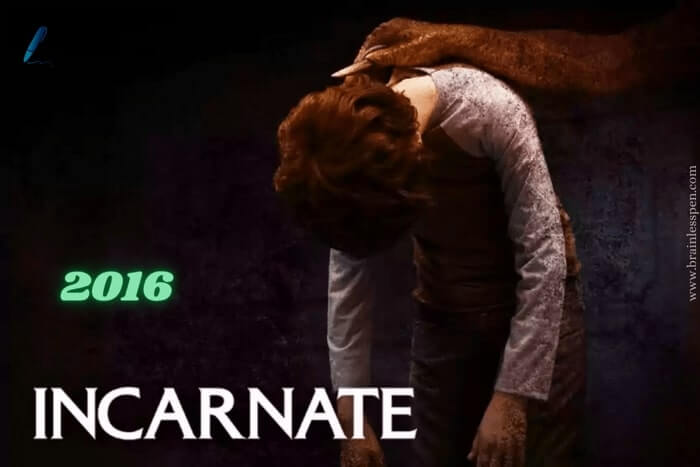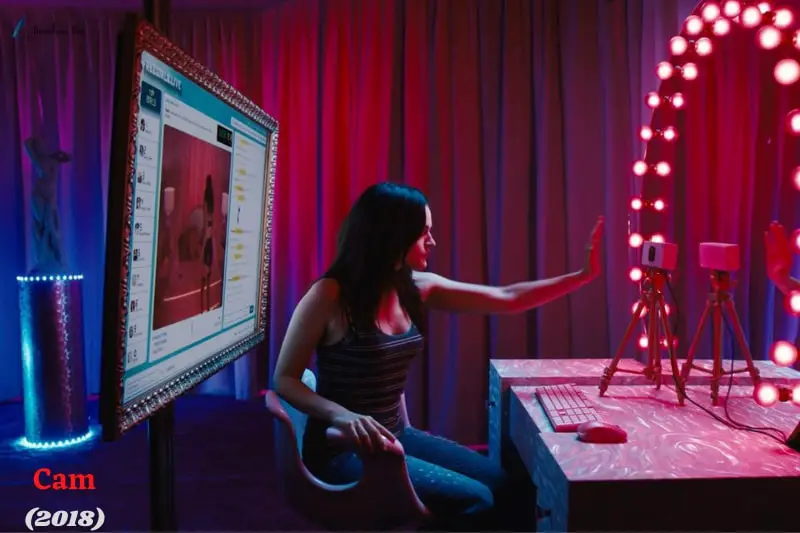Last updated on April 5th, 2024 at 11:22 pm
Fans of the horror genre are certainly familiar with John Carpenter’s 1994 film In the Mouth of Madness, which has become a cult favorite. The film follows insurance investigator John Trent (Sam Neill) as he searches for missing horror writer Sutter Cane (Jürgen Prochnow). Trent learns throughout the film that Cane’s fiction has a disturbing influence on those who read it, causing them to question the distinction between truth and fiction. But it is the film’s finale that has puzzled audiences for decades.
The mind-bending surprise after In the Mouth of Madness has inspired various interpretations and discussions. Others view it as a statement on reality and the strength of fiction, while still others claim that it’s just a case of crazy. We’ll analyze the conclusion of In the Mouth of Madness and see what it all means.
In the Mouth of Madness (1994) Plot Story in A Nutshell
* * * Spoiler Alert – If you haven’t seen the movie yet, turn back now! * * *
Before proceeding to the final act, it is advisable to present a summary of the film’s storyline. The film In the Mouth of Madness centers around the character of John Trent, who takes it upon himself to delve into the perplexing vanishing of the esteemed horror author, Sutter Cane.
Cane’s most recent literary work, entitled In the Mouth of Madness, has garnered considerable attention from his devoted fan base. The novel has generated a palpable sense of excitement and anticipation among its readers. At the outset, Trent entertained reservations concerning the effectiveness of Cane’s written output. As one delves deeper into the enigma, one encounters peculiar and alarming incidents that blur the lines between authenticity and falsity.
In this captivating narrative, Trent makes a fascinating discovery that Cane’s written works possess an extraordinary quality of bringing his imaginative creatures to life. As Trent strives to thwart Cane’s plan of unleashing these creatures into the world, he becomes increasingly embroiled in an intricate tapestry of reality and imagination.
Trent has recently experienced a profound epiphany, as he has realized that he exists solely as a fictional character within the literary universe crafted by Cane. As a fictional character, his actions are entirely at the mercy of the author who brought him to life. The culmination of the cinematic production is marked by a climactic sequence that prompts the audience to reassess their understanding of the narrative that has been building up until that point.
In the Mouth of Madness (1994) Ending Explained
Plot Summary of The Film’s Last Scene
Trent watches a cinematic version of “In the Mouth of Madness” (Cane’s novel) in the movie theatre before the credits roll at the end of “In the Mouth of Madness.” Trent’s realization that the movie’s events genuinely occur around him builds gradually as the film progresses. He witnesses the book’s characters being brought to life onstage and understands that he, too, is a fictional character.
Trent watches in horror as the theatergoers around him mutate into hideous beasts, and he is stuck there. Trent screams in despair as the creatures approach him, and the film concludes with the audience wondering what it all signifies.
The conclusion of In the Mouth of Madness may seem like a simple instance of insanity at first. Trent’s imagination has run wild thanks to Cane’s writing, and the creatures he keeps seeing are nothing more than that. However, the film’s ostensibly straightforward finale may conceal more than meets the eye.
Interpretation of The Final Scene
An early character, a psychiatrist, assures Trent that his vision of reality is all that matters. The psychiatrist says that each constructs their reality and that this reality may differ from person to person. Later in the film, Trent encounters Cane, who also assures him that what he writes has the power to alter the world. Cane claims that the potency of his writing makes it possible for his characters to leave the pages and interact with the real world.
The conclusion of “In the Mouth of Madness” is best understood in light of these themes of reality as a matter of perception and the ability of fiction to influence reality. The climactic scene hints that Cane’s writing has molded Trent’s perceptions of the monsters he encounters and that these creatures are not figments of his mind but rather exist in the actual world. Other characters in the film, like Linda Styles (Julie Carmen), also encounter bizarre and surreal happenings that hint at the ability of Cane’s writing to influence reality, lends credence to this perspective.
The Uncertainty of Its Closure
As if that weren’t enough, the film’s last scene occurs in a cinema theatre, further blending reality and fantasy. When Trent sees the film version of “In the Mouth of Madness,” he starts to feel like he’s part of the plot, and the actions on the screen seem real to him. This shows that the influence of fiction goes beyond the realm of the film into everyday life.
In the Mouth of Madness leaves its denouement open to several interpretations on purpose. The finale might be seen as a statement on the influence of fiction on our sense of reality by some viewers or as a simple example of insanity by others. In any case, the conclusion prompts thought-provoking discussions on the role of fiction in molding our perceptions of the world.
What Does the Ending Mean?
The novel’s climax is noteworthy for its concerns concerning the nature of reality and the efficacy of narrative. Throughout the film, John Trent learns that things aren’t always as they appear and that fiction may profoundly impact how we perceive the world.
The film’s conclusion pushes this concept to its logical extreme, implying that fiction can change reality beyond the realm of the tale. This prompts vital inquiries about the function of narrative in human existence and the influence fiction may have on our understanding of the world.
The finale of In the Mouth of Madness is particularly noteworthy for how it subverts standard conventions of the horror genre. The hero usually wins out in horror films, bringing peace and stability back to the earth. The hero, however, loses in the end in “In the Mouth of Madness,” and evil wins. In the Mouth of Madness has become a cult favorite among horror enthusiasts in large part because it subverted several standard horror movie conventions.
The Reception of The Ending
In the Mouth of Madness’s ending has been met with praise and criticism. Several fans have praised the conclusion for its questions regarding the value of fiction and the nature of reality. Others have stated that the ending is unsatisfying since it is ambiguous.
The ending of In the Mouth of Madness has been forever etched into the history of horror films, despite the film’s detractors. Several other horror films have explored similar themes of fiction’s influence and the blurring of reality and imagination. There have been many debates and discussions over this picture among horror fans.
Audiences and The Directors Take on The Ending
Director John Carpenter has discussed the conclusion of In the Mouth of Madness in several interviews. He has said that the conclusion was purposefully vague on purpose so that it might be interpreted in many ways. Carpenter also discussed the movie’s themes of the strength of fiction and the blurring of the barriers between truth and imagination, saying that he hoped to make audiences reevaluate their assumptions about the world.
Carpenter said, “The ending of ‘In the Mouth of Madness’ is meant to be ambiguous,” in an interview with The Hollywood Reporter. I preferred to let readers draw their conclusions about the story’s meaning. The film explores how narratives might influence our views of the world. However, the final interpretation is with the viewers.
The conclusion of In the Mouth of Madness divides audiences. The finale has been lauded by several viewers for its ambiguity and the way it questions our assumptions about the world. Others have complained that the conclusion lacks clarity and is thus disappointing.
Despite the film’s controversy, In the Mouth of Madness is now considered a masterpiece among horror lovers. The film’s influence may be observed in the proliferation of horror films that similarly explore themes of the power of fiction and the blurring of the barriers between truth and imagination.
Conclusion
In the Mouth of Madness is a complex and multi-layered twist that has left viewers scratching their heads for decades. While it is open to interpretation, the ending raises important questions about reality’s nature and storytelling’s power. By blurring the lines between reality and fiction, In the Mouth of Madness challenges our perceptions of the world around us and forces us to confront the impact that storytelling can have on our lives. Whether you see the ending as a case of madness or a commentary on the
Summary
Original Title: In the Mouth of Madness
Genre: Horror/ Thriller
Runtime: 1hr 35min
Original Language: English
Directed by John Carpenter
Written by Michael De Luca
Release date: February 3, 1995 (USA)
Origin Country: United States

